When you search for “relationship is about give and take,” you’re really asking: How do I know if my relationship is balanced?
Here’s the short answer: Love is a continuous dance of exchange. You give your time, attention, affection, maybe even compromise and you expect (consciously or not) to receive care, effort, or appreciation in return. This mutual exchange is what psychologists call reciprocity.
And when that give-and-take feels fair not always equal, but fair the relationship feels safe, nourishing, and intimate. But when the balance is off, emotional strain and resentment begin to build.
If you’ve ever felt like you’re giving more than you’re getting, or that your partner doesn’t understand your needs you’re not alone. In this blog, we’ll explore what healthy reciprocity looks like, how personality shapes your relational style, and practical ways to create a relationship that supports both of you equally.
Let’s start at the heart of the matter.
Why does reciprocity matter in love?
Reciprocity is the invisible thread that keeps a relationship dynamic, alive, and respectful. It’s not about scorekeeping it’s about mutual emotional investment. When both people give and receive in a way that feels meaningful, love deepens.
You might offer your partner:
-
Emotional support after a hard day
-
Thoughtful gestures or acts of service
-
Shared responsibilities and long-term planning
-
Patience when they’re struggling
In return, you naturally expect them to show up too maybe in different ways, but still with care and intention. When that exchange flows smoothly, you both feel seen, supported, and connected.
But when one person gives too much, or one doesn’t offer enough the relationship begins to tilt.
What happens when the balance is off?
Most of us don’t consciously track reciprocity until things start to feel unfair.
Maybe you’re the one always planning date nights or offering emotional reassurance, while your partner seems passive or distant. Or perhaps you’re the one who feels overwhelmed by expectations, always being asked to “do more” without acknowledgement of your efforts.
This imbalance can lead to:
-
Resentment
-
Emotional exhaustion
-
Lack of intimacy
-
Constant conflict or miscommunication
Over time, the relationship can feel like a one-way street no longer a partnership, but an emotional burden.
How does personality shape your give-and-take dynamic?
Not everyone gives or takes in the same way and that’s where personality plays a big role.
According to personality psychology (like the MBTI model), your approach to reciprocity may depend on how you’re wired emotionally and cognitively. Two key traits influence this dynamic:
-
Feeling types (emotionally intuitive, harmony-seeking)
-
Thinking types (rational, independent, logic-driven)
Let’s look at how each side might experience the give-and-take differently. You should read abou the thinking vs feelings.
Are you giving too much in your relationship?
If you’re someone who leads with empathy, emotional warmth, and a desire to make others feel loved you may be a natural “giver.” Feeling types often:
-
Prioritise their partner’s needs before their own
-
Avoid conflict even when they’re hurt
-
Take responsibility for fixing relationship problems
-
Apologise often, even when not at fault
This can create a beautiful emotional depth in relationships but also a risk. You may become so focused on making your partner happy that you ignore your own emotional depletion. It can also lead to the breaks in relationships you will not solves it.
If you’re constantly giving without getting replenished, your emotional cup will eventually run dry.
Are you not giving enough?
On the other side, some people approach relationships with more logic than emotion. Thinking types tend to:
-
Value autonomy and clear boundaries
-
Communicate in a direct, matter-of-fact way
-
Prioritise goals and individual growth
-
Set limits on emotional labour or expectations
These partners may not intentionally neglect their significant other but their expressions of care might be more pragmatic or infrequent. They may also undervalue the emotional weight of small gestures, missing moments to connect on a deeper level.
This can leave their partner feeling emotionally undernourished, even if everything “looks fine” on the surface. Because liven up a relationship.
How to build a healthy balance of reciprocity
Every couple has their own rhythm and healthy reciprocity doesn’t mean 50/50 every time. It means both people feel seen, valued, and emotionally secure.
Here’s how to get there:
1. Communicate your needs clearly
The more directly you express your needs, the more likely they are to be met. Drop the guesswork honest communication is the clearest path to mutual understanding.
Tip for Thinking types: clarity builds connection.
Tip for Feeling types: you deserve to ask without guilt.
2. Don’t empty your emotional cup
Giving is beautiful but not when it becomes self-erasure. Reflect on where your boundaries might be too porous. Are you taking on your partner’s emotions or responsibilities as your own?
It’s not selfish to protect your energy. It’s sustainable.
3. Practice mindful boundaries
Boundaries don’t push people away they create safety. If you’ve been overextending yourself or sacrificing your well-being, it’s time to recalibrate.
Boundary setting starts with noticing:
-
Where you feel resentment
-
Where you feel invisible
-
Where you feel tired all the time
These are signals not signs of failure, but invitations to speak up.
If you're finding it hard to set boundaries or feeling emotionally drained, you're not alone. That's exactly where brain-based support tools like neuroVIZR brain training device can help. Designed to enhance emotional clarity and self-regulation, neuroVIZR helps you stay grounded so you can give from a place of strength, not depletion. Learn more about how neuroVIZR works it works.
4. Take responsibility for your part
No relationship is one-sided forever. If you’ve been taking too much, reflect on how your actions may impact your partner. Are you open to receiving feedback? Willing to shift behaviours that cause harm?
True give-and-take begins when both partners own their impact. And there is no point in overthinking a relationship.
5. Stay flexible and let go of the scoreboard
Love is not transactional. It doesn’t always show up in symmetrical ways. Stay open, stay curious. Let the exchange flow naturally and allow grace, even when things get messy.
Mutual respect grows in the space where effort and understanding meet.
Final thoughts: A relationship that supports you both
A healthy relationship is not built on keeping score. It’s built on small, consistent acts of care offered freely, received gratefully, and returned with intention.
“Give and take” isn’t a formula. It’s a living rhythm one that evolves as you do.
When both partners contribute meaningfully and make space for each other’s needs, the result is a connection that strengthens over time. You feel supported, safe, seen.
And that’s when love feels not only beautiful but sustainable.
FAQ
1. Is a relationship supposed to be give and take?
Yes, a healthy relationship is built on mutual give and take.
This means both partners contribute emotionally, mentally, and often practically not always equally, but in a way that feels fair and respectful to both.
When one person constantly gives while the other only receives, the connection starts to feel one-sided, leading to imbalance, resentment, and disconnection over time.
2. What is it called when you give and take in a relationship?
The term for give and take in a relationship is “reciprocity.”
Reciprocity means a balanced emotional exchange between partners where both people offer care, attention, effort, and understanding in a way that nurtures each other’s needs. It’s not about keeping score, but about building trust through shared emotional responsibility.
3. What does "give or take" mean in a relationship?
In relationships, “give or take” means one partner may sometimes give more or less than the other and that’s okay.
Life isn’t always symmetrical, and relationships often shift depending on circumstances, stress, or emotional availability. What matters most is that the overall pattern of the relationship feels mutual and supportive over time.
4. What is equal give and take in a relationship?
Equal give and take means both partners feel emotionally nourished, even if they give in different ways.
Equality doesn’t always mean 50/50 but rather, both people feel valued, heard, and emotionally safe. One partner might show love through words, the other through actions and when both feel respected and appreciated, that’s what balanced reciprocity looks like.
Disclaimer: neuroVIZR is a wellness device created to promote relaxation, focus, and overall brain wellness. It is not a medical device, does not provide diagnoses, and is not intended to treat, cure, or prevent any medical condition. The device is not suitable for individuals with epilepsy. Experiences and results may vary from person to person.



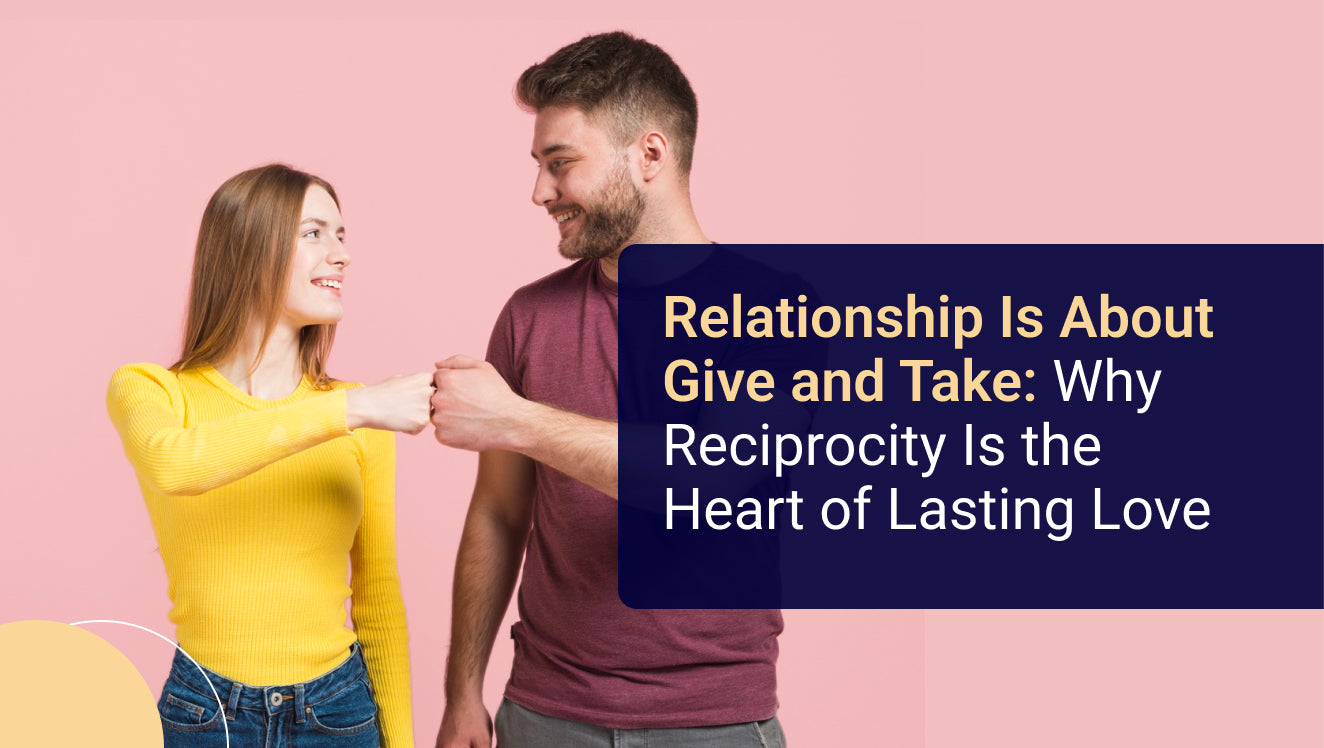







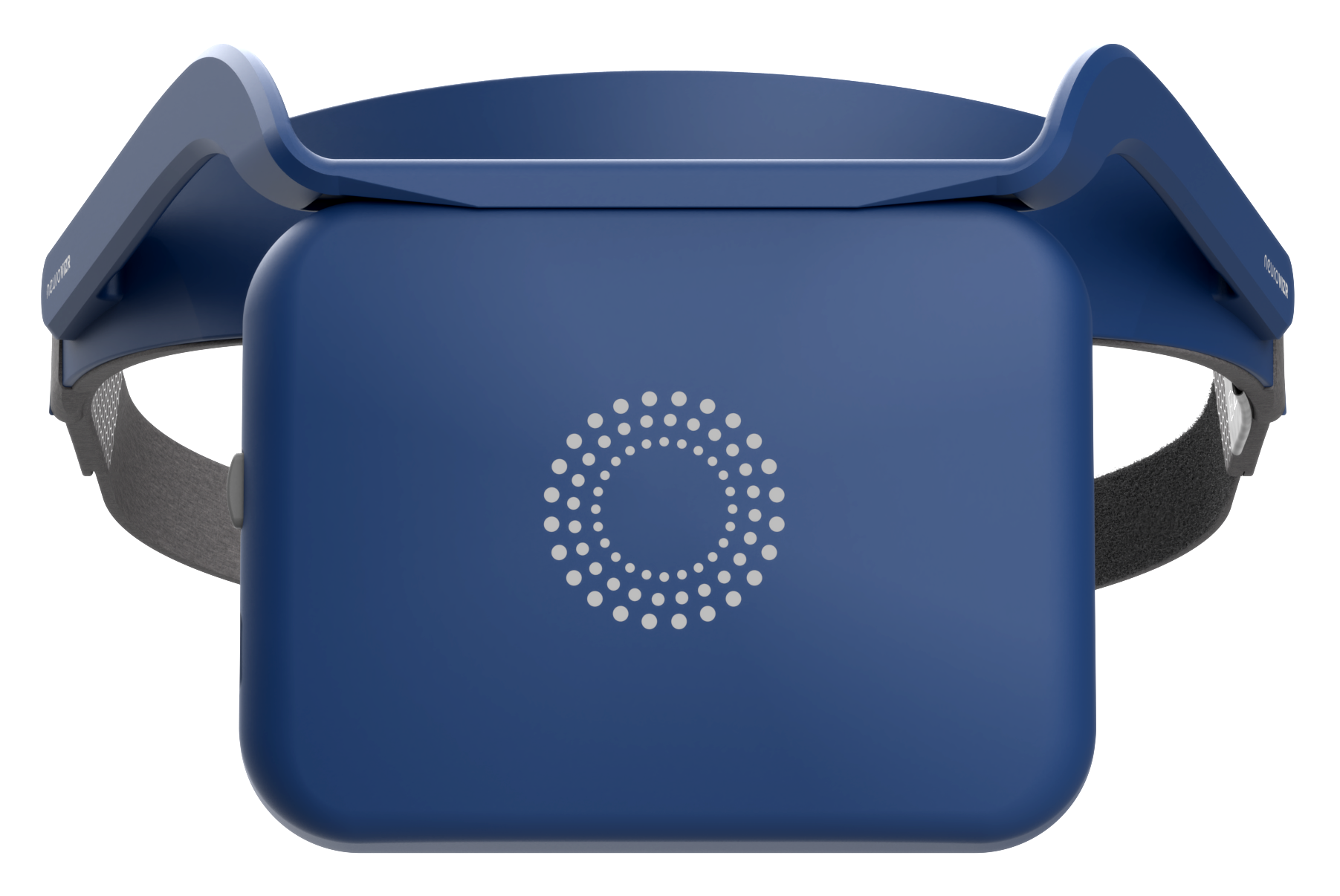
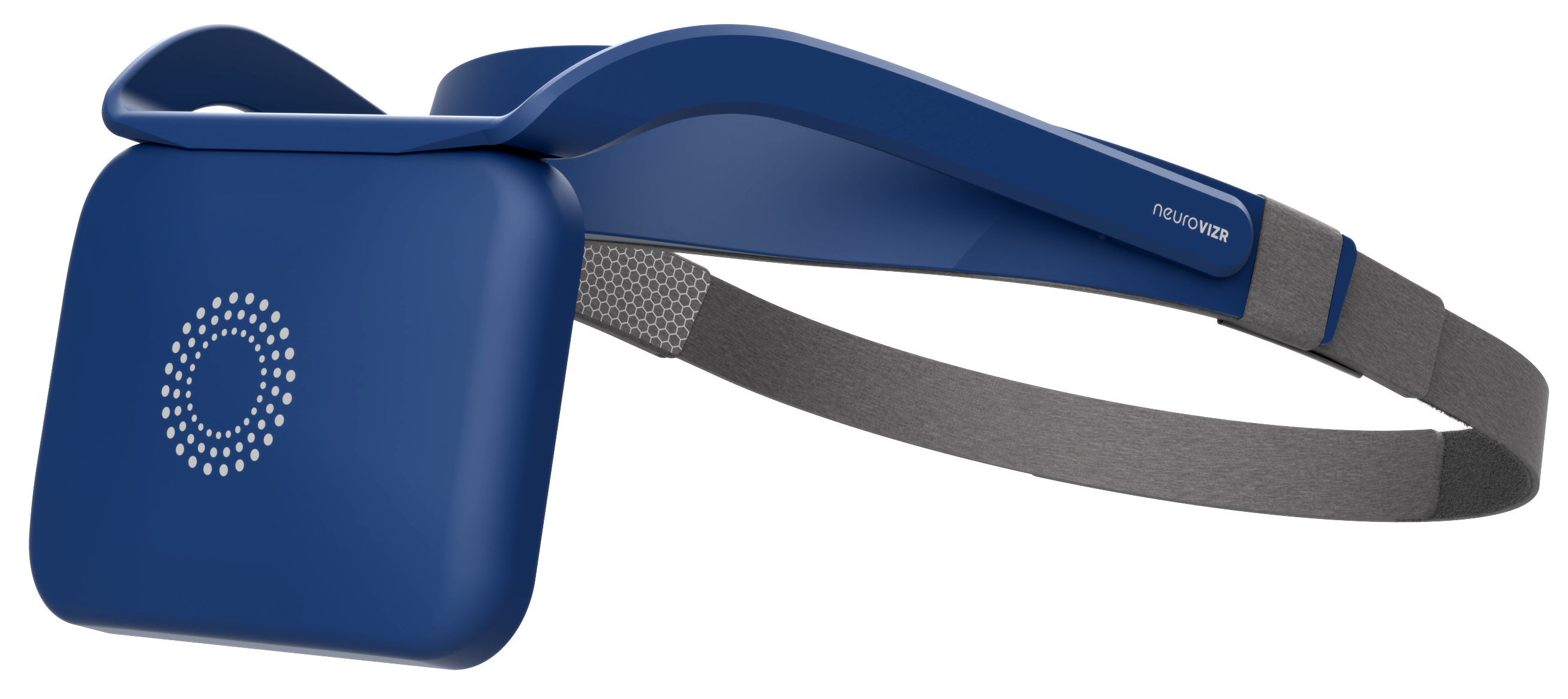
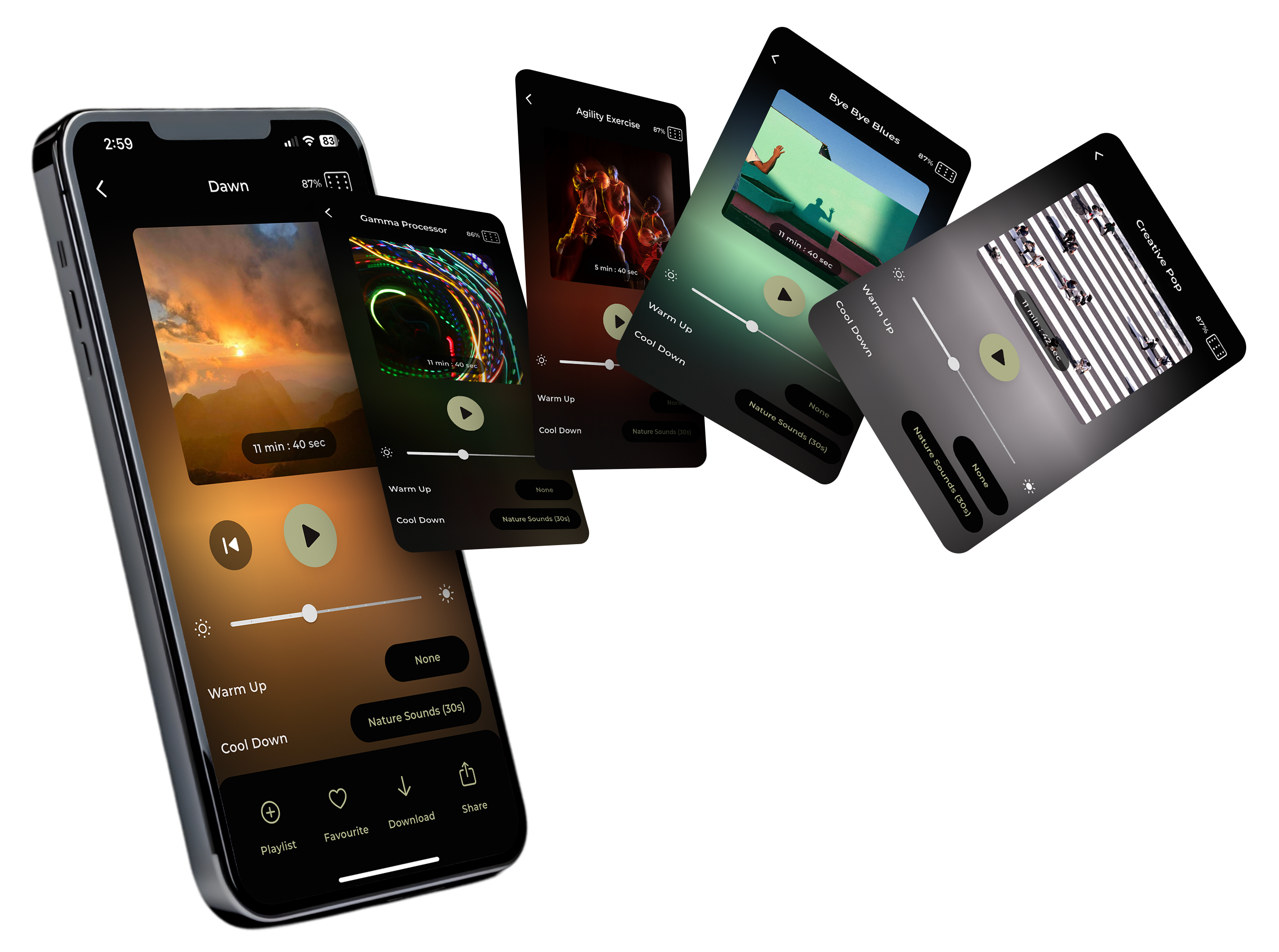
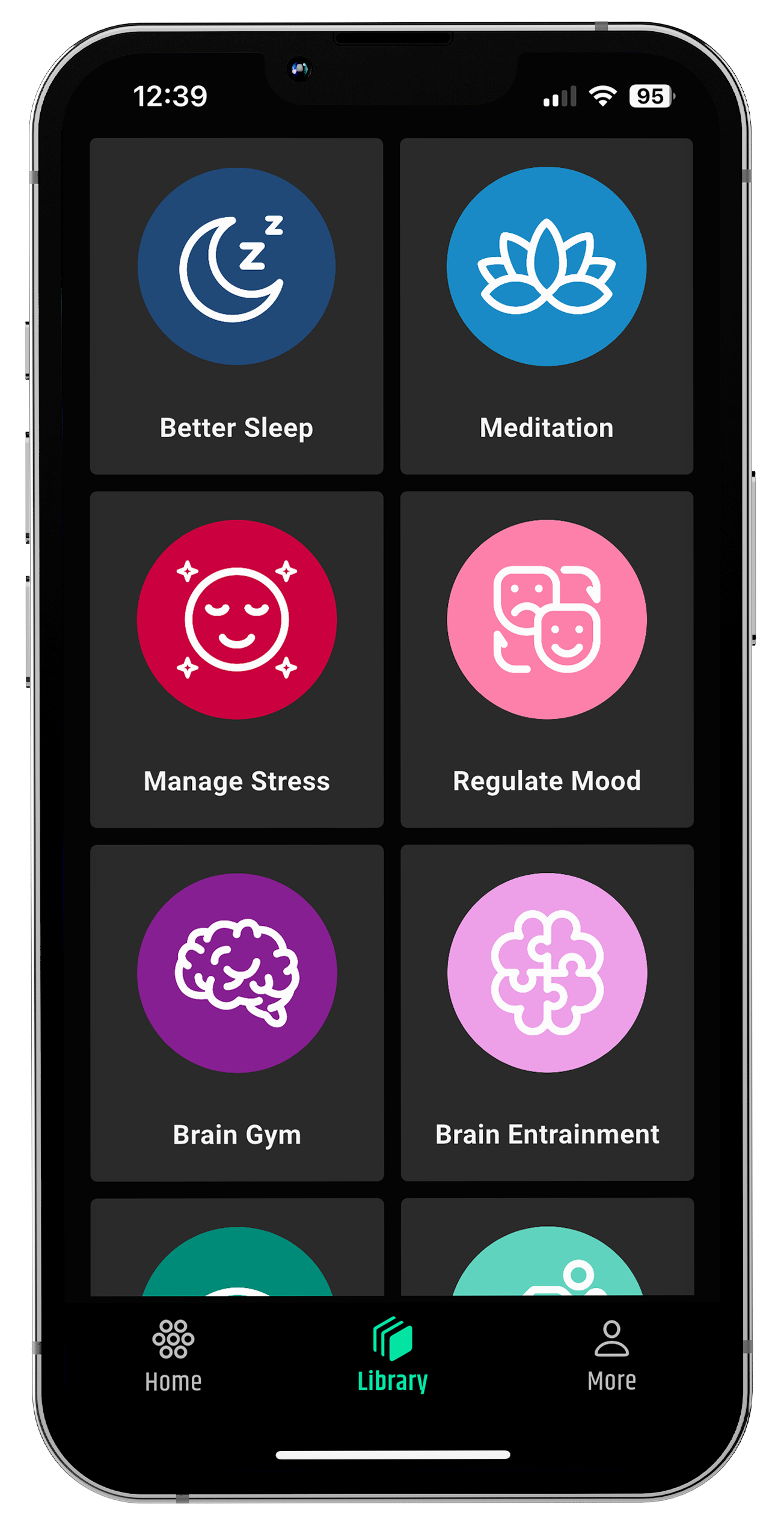
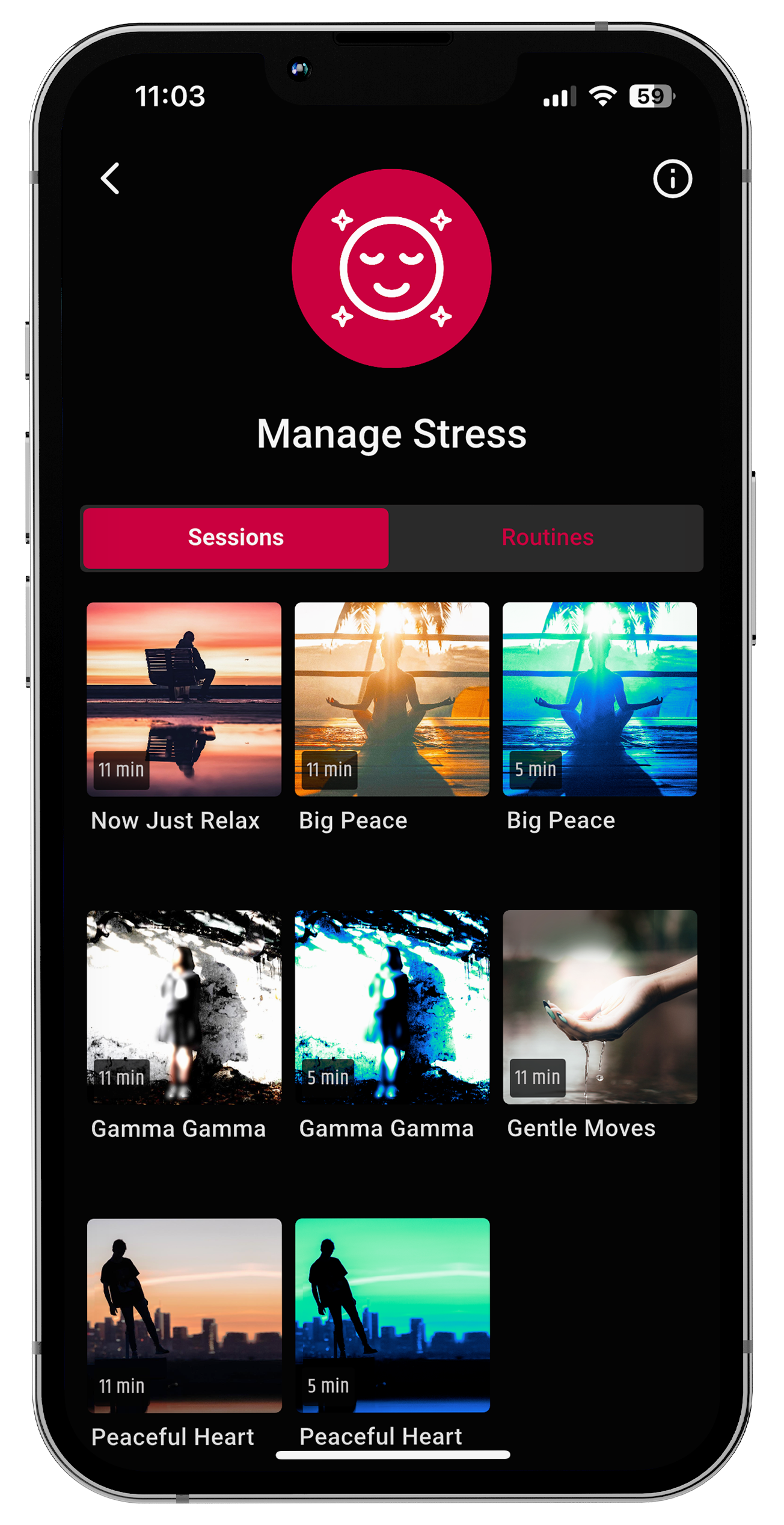
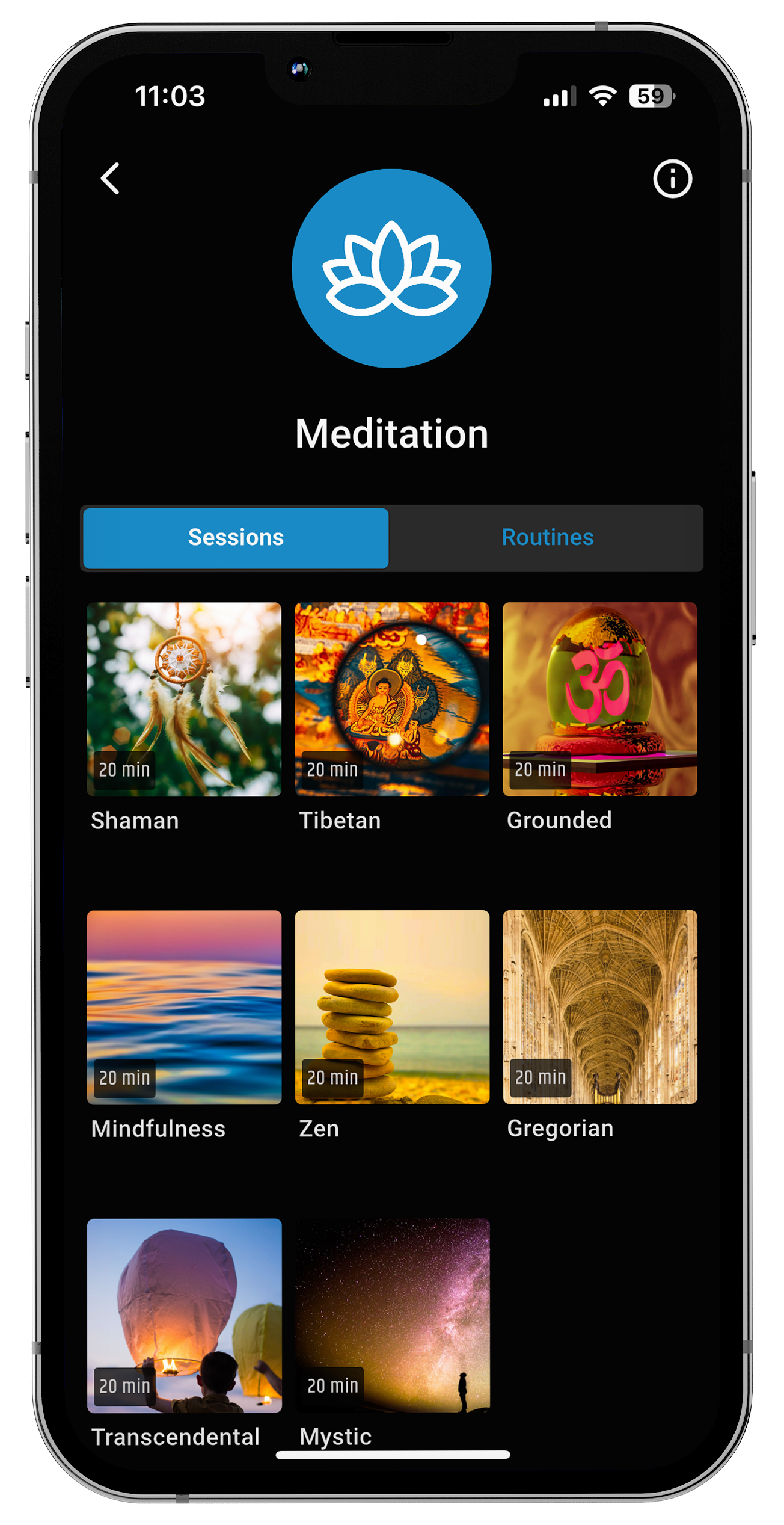
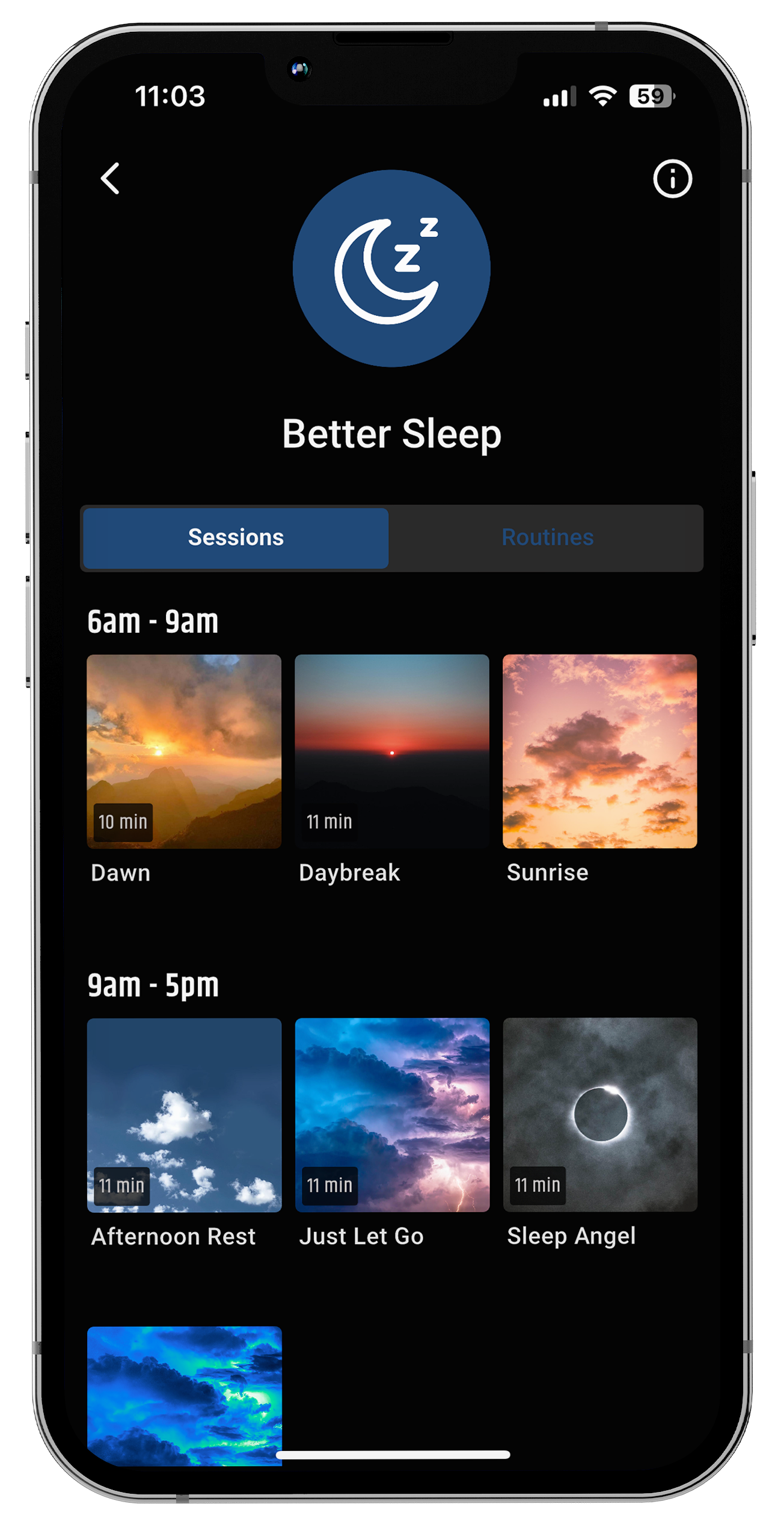
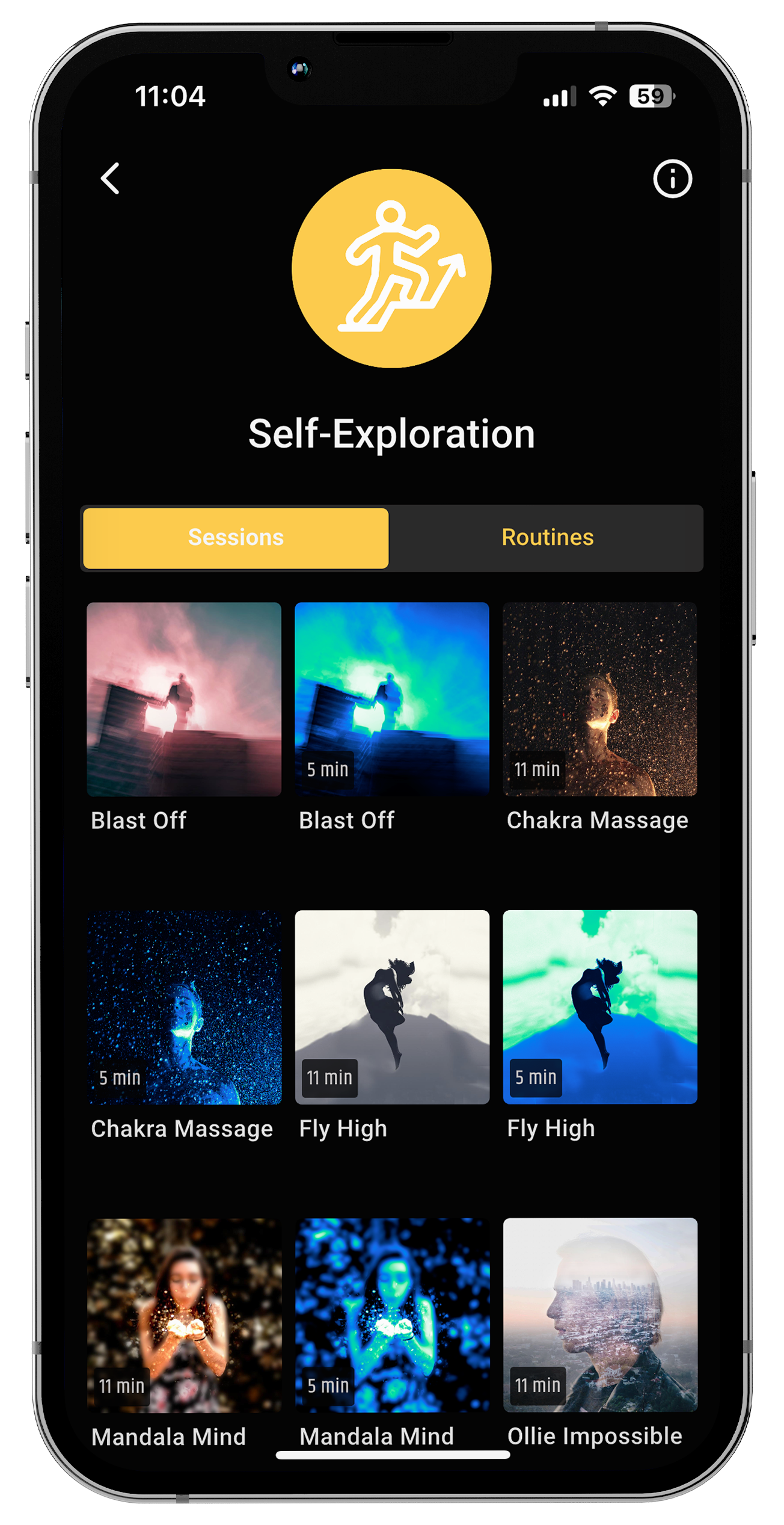
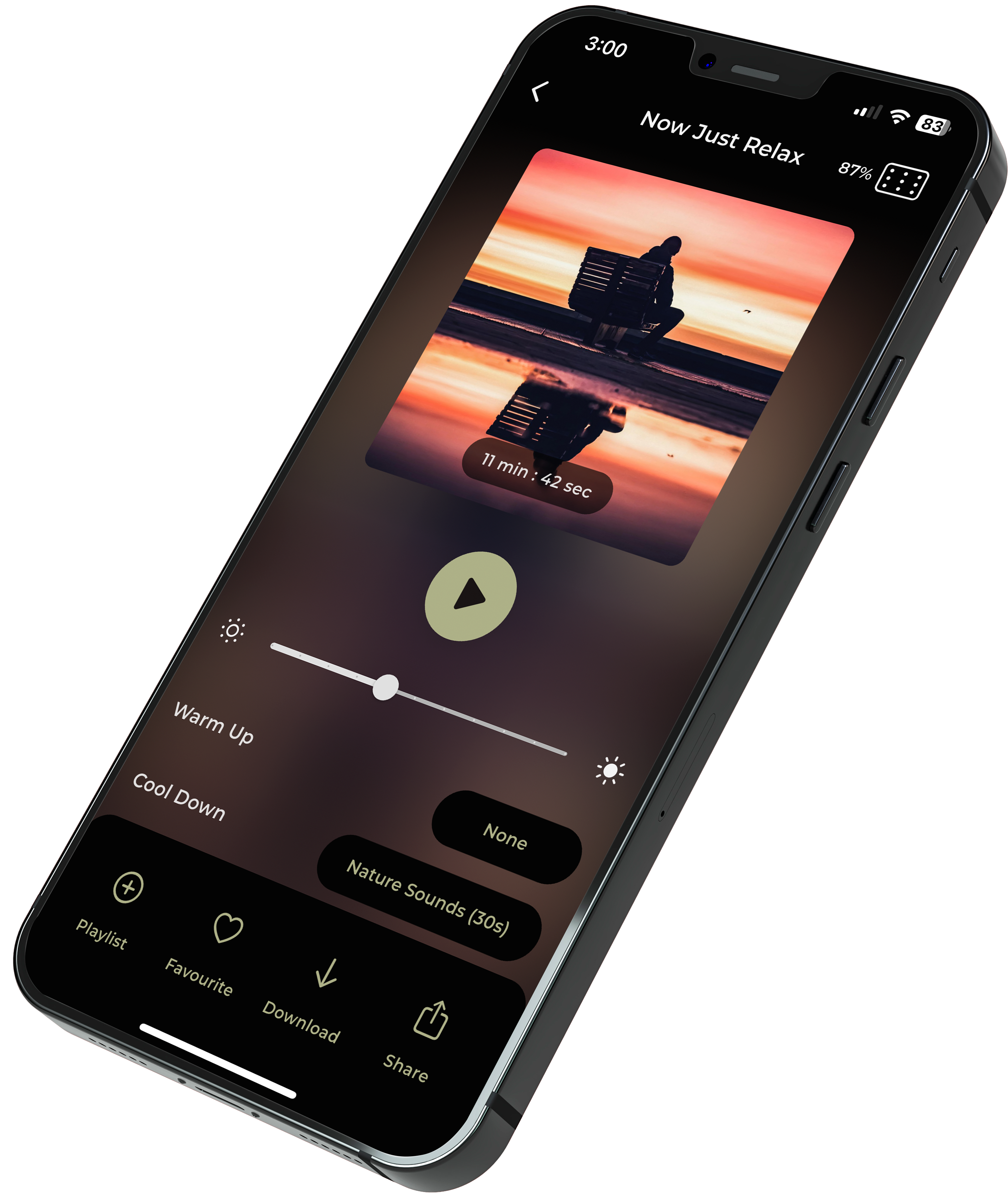






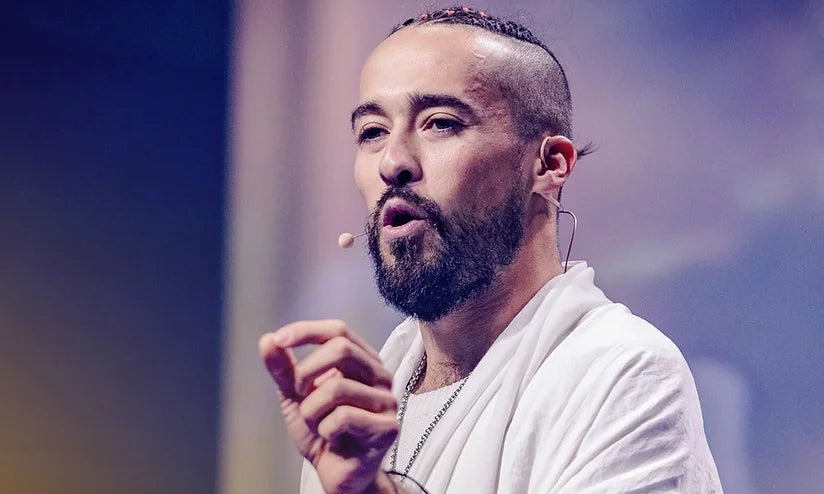

Share:
How to Stop Overthinking a Relationship?
INTJ and INFJ/ENFJ Relationships